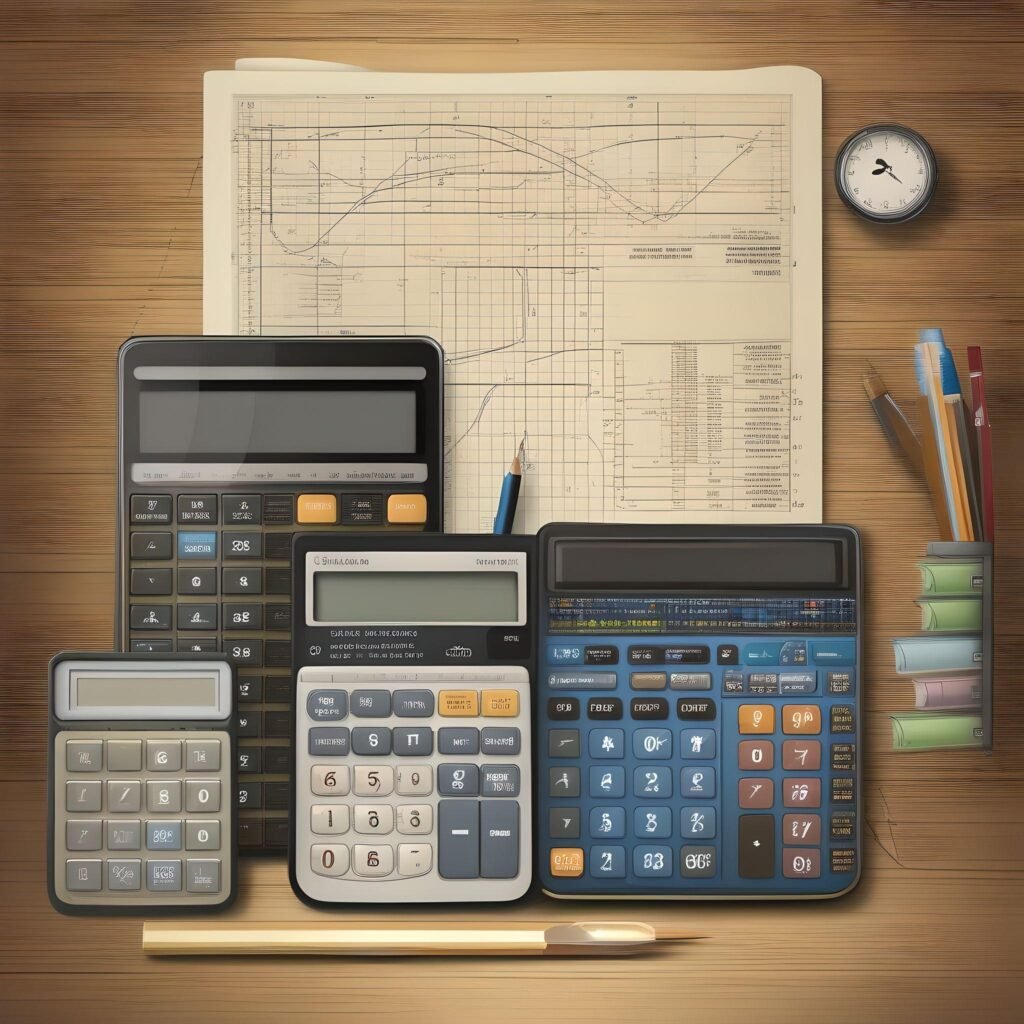
In the realm of STEM (Science, Technology, Engineering, and Mathematics) education, calculators are indispensable tools that facilitate learning, problem-solving, and innovation. They offer students and professionals the ability to handle complex calculations swiftly and accurately, allowing them to focus on understanding concepts rather than being bogged down by arithmetic. This comprehensive guide delves into the pivotal role calculators play in STEM education, highlighting their benefits, types, and best practices for effective use.
1. Enhancing Learning and Understanding
Calculators support STEM education by enhancing the learning experience. They allow students to perform complex calculations effortlessly, which can help in understanding abstract concepts more concretely. For example, in mathematics, calculators enable students to explore functions, graph equations, and analyze data sets without the tedium of manual calculations. This aids in focusing on conceptual understanding rather than procedural execution.
2. Facilitating Advanced Problem-Solving
In fields like engineering and physics, calculations often involve intricate formulas and large data sets. Scientific and graphing calculators provide the computational power needed to solve these problems efficiently. For instance, a graphing calculator can plot functions, analyze their behavior, and find intersections, which is invaluable for students studying calculus or algebra.
3. Bridging Theory and Application
Calculators help bridge the gap between theoretical knowledge and practical application. In engineering courses, students use calculators to simulate real-world scenarios, test hypotheses, and optimize designs. This hands-on experience with calculators helps students apply theoretical concepts in practical contexts, enhancing their problem-solving skills and preparing them for real-world challenges.
4. Promoting Data Analysis and Visualization
Data analysis is a crucial component of STEM disciplines, and calculators equipped with statistical functions are vital tools in this regard. With features like mean, median, standard deviation, and regression analysis, students can analyze data sets and make informed decisions based on empirical evidence. Graphing calculators further enhance this process by providing visual representations of data, which aids in understanding trends and patterns.
5. Supporting Diverse Learning Styles
Different students have varied learning styles, and calculators can cater to these diverse needs. For visual learners, graphing calculators offer a visual representation of mathematical concepts. For auditory learners, calculators with verbal instructions or feedback can be beneficial. Additionally, calculators with programmable functions allow students to create custom solutions, catering to individual learning preferences.
6. Preparing for Future Careers
In many STEM careers, proficiency with calculators is a fundamental skill. Familiarity with advanced calculators prepares students for professional roles where they need to perform complex calculations regularly. Engineers, scientists, and analysts use specialized calculators in their daily work, and early exposure to these tools during education can give students a competitive edge in the job market.
7. Best Practices for Effective Use
To maximize the benefits of calculators in STEM education, consider the following best practices:
- Choose the Right Calculator: Select a calculator that matches the specific needs of the course or discipline. For instance, a scientific calculator is suitable for general mathematics, while a graphing calculator is better for calculus and data analysis.
- Integrate with Curriculum: Ensure that calculator use is integrated into the curriculum in a way that enhances learning without becoming a crutch. Teachers should provide guidance on when and how to use calculators effectively.
- Encourage Exploration: Allow students to explore the features of their calculators and understand their functionalities. This exploration can lead to a deeper understanding of how different calculations and functions work.
- Balance Calculator Use with Manual Calculation: While calculators are valuable, students should also practice manual calculations to reinforce their understanding of mathematical principles and improve their problem-solving skills.
Conclusion
Calculators are more than just tools for quick arithmetic; they are integral to modern STEM education. By enhancing learning, facilitating problem-solving, bridging theory with application, and supporting diverse learning styles, calculators play a vital role in preparing students for successful STEM careers. Embracing calculators as part of a well-rounded educational approach can lead to a deeper understanding of STEM concepts and better equip students for the challenges of the future.